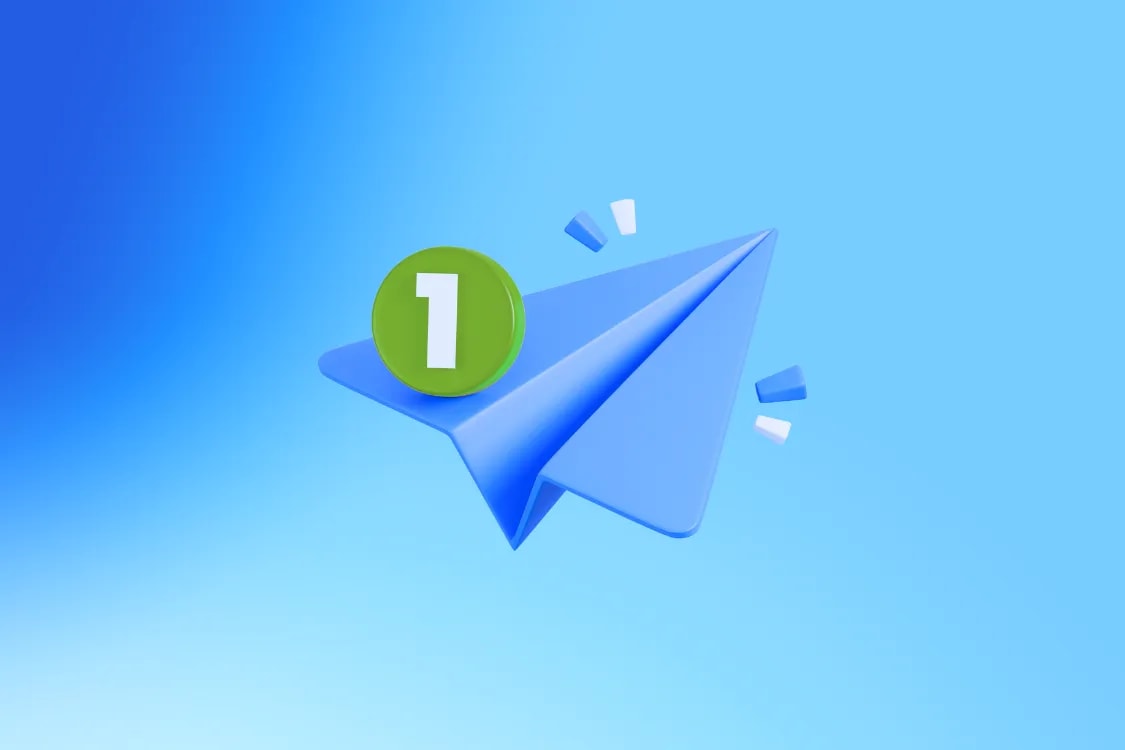
If you’re promoting an event, email is still the channel that quietly outperforms splashier options. In fact, 26.6% of event attendees report event or venue newsletters as one of their primary sources for discovering new events. It’s owned, measurable, and perfect for moving people from “sounds interesting” to “I’m in.”
In this guide, we’ll walk through a complete event email marketing strategy—from building a high‑quality list and segmenting your audience to crafting irresistible emails and measuring what matters—so you can boost attendance and engagement for every event you run.
Each stage presents a unique opportunity to engage, inform, and excite your audience.
Awareness: Introduce your event to the right audience with targeted messaging.
Consideration: Highlight the value—artists, lineup, guest speakers, sessions, networking opportunities—to drive interest.
RSVP: Create urgency and simplify the signup process to boost conversions.
Experience: Ensure the in-event experience matches the tone, promises, and energy of your emails. Email isn't just for before the event—it’s a live tool to inform, engage, and deliver on the hype.
Loyalty: After the event, follow up with thank-you emails, recaps, and exclusive offers to turn attendees into long-term advocates.
The Loopyah Content Team shares expert insights, practical guides, and industry updates to help event organizers create unforgettable experiences and stay ahead in the event planning world.
marketing
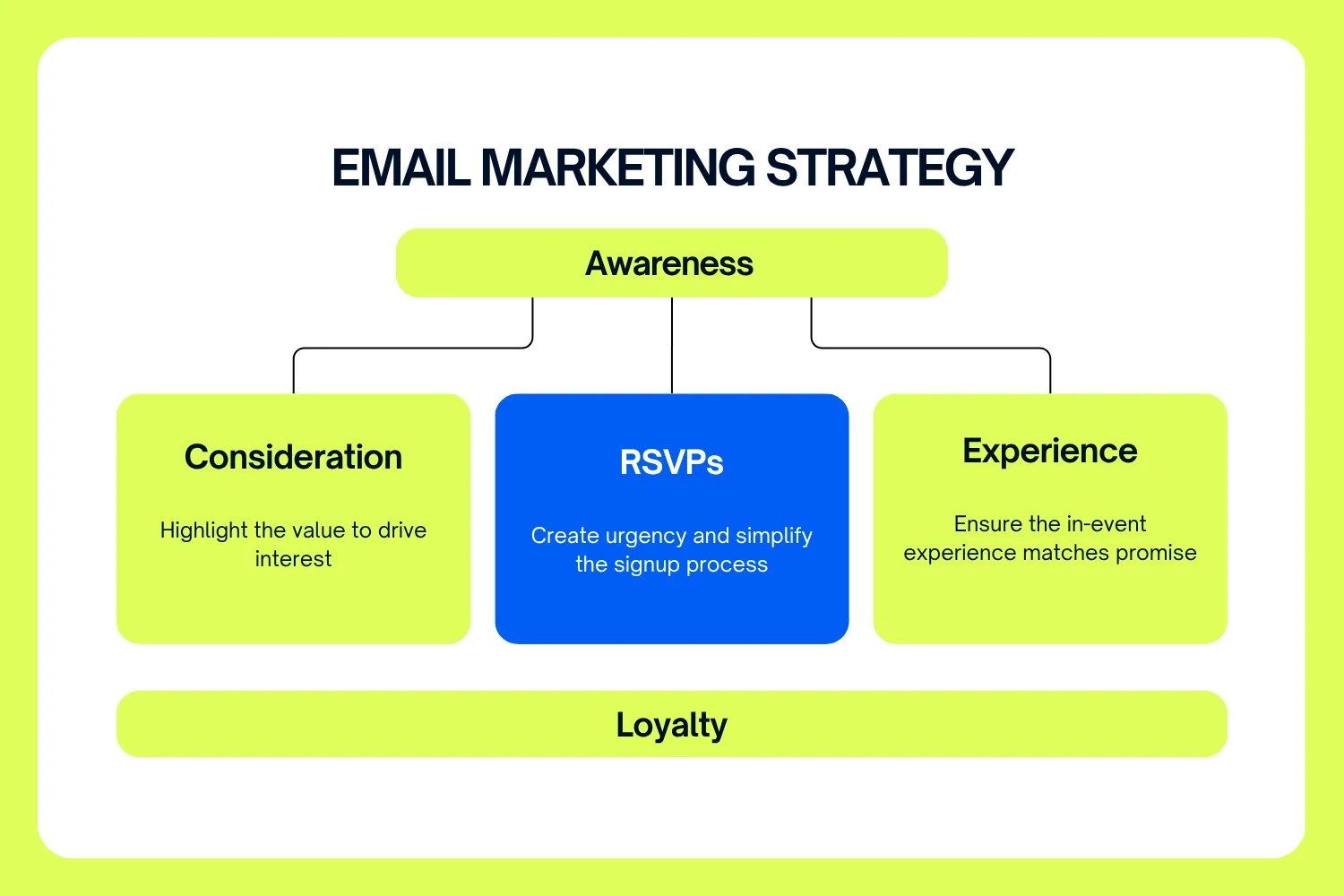
Email consistently ranks among the highest‑ROI channels for marketers, thanks to its precision targeting and low cost. As an owned channel, you control timing, frequency, and creative—and you can measure downstream actions like clicks and registrations with clarity. Recent industry data underscores that email is a top ROI driver for consumer brands, making it a smart backbone for your event promotion mix. (Source)
Build anticipation with timed sequences: tease headliners, reveal agendas, and drop early‑bird pricing at the right moments.
Deliver essential logistics: venue details, maps, parking, app links, and accessibility info that drive confidence to attend.
Convert interest into RSVPs with clear CTAs and personalized nudges based on ticket type or past behavior.
Nurture relationships: keep prospects and past attendees engaged between events with recaps, speaker clips, and exclusive offers.
Great event results start with a healthy list. Focus on value‑led acquisition and strong list hygiene to protect deliverability and engagement.
Offer irresistible sign‑up incentives: early‑bird discounts, VIP seating, backstage Q&As, or limited merch for subscribers only.
Promote across channels: highlight your email list on social bios, link in stories, pin a sign‑up post, and add a “Join the list” link on your event pages and social posts.
Capture at registration: include a clearly labeled checkbox for updates on schedules, speakers, and exclusive offers.
Partner for cross‑promotions: co‑hosted webinars, speaker swaps, and sponsor spotlights can introduce your event to new, qualified audiences.
Use double opt‑in: confirm email addresses to reduce bots and typos, keep complaint rates low, and improve inbox placement.
Need a broader plan that connects list‑building to your run‑of‑show? See our Complete Event Marketing Timeline Guide for a step‑by‑step pre‑event timeline.
Personalization drives 10 to 15 percent increase in revenue, on average. Segmentation lets you tailor your message to what different audiences value most—and it’s one of the fastest ways to lift clicks and RSVPs.
Past attendees vs. new prospects: reward loyalty with alumni perks while educating newcomers on why your event is worth the trip.
Interests or industry: send tailored tracks, sessions, or exhibitor highlights based on role (e.g., marketer, engineer, educator).
Ticket type: VIP vs. GA, student, or group buyers may need different value props and upgrade nudges.
Aim for “active” personalization that helps decision‑making—like suggesting sessions to bookmark or travel tips from their city—rather than heavy‑handed tactics that feel intrusive. Small, useful touches create momentum without adding friction.
Clarity beats clever. Your goal: deliver the right reason to attend, at the right time, with a clear next step—especially on mobile.
Subject lines and preheaders: keep them concise and specific. Aim for 40–50 characters for subject lines and use preheaders to add context or urgency.
Lead with value: what’s unique about your event, who’s speaking, what attendees will learn, and what’s new this year.
Make CTAs obvious: use a high‑contrast, tappable button (44×44 px or larger) with action verbs like “Save my seat” or “Get early‑bird.”
Design mobile‑first: single‑column layouts, large text, short paragraphs, and alt text on images for accessibility.
Subject line ideas:
[Early‑bird ends Friday] 20+ speakers you can’t miss at FutureFest
Your invite to the VIP creator meetup (limited seats)
New agenda drop: hands‑on AI workshops just added
A simple, well‑timed sequence outperforms ad‑hoc blasts. Map emails to the attendee journey and automate where possible.
Short teaser with date, city or platform, and why it matters. Drive to a waitlist or early RSVP.
Include the 5 W’s (who, what, when, where, why), headline speakers, and a prominent “Register” button. Add urgency with early‑bird deadlines or limited capacity.
Send 1–2 reminder waves (e.g., two weeks out and 48 hours before). Tailor based on status: non‑registrants get a value recap; registrants get logistics and upgrade options.
Deliver everything needed for a smooth experience: agenda links, badge pick‑up, venue map, parking, wi‑fi, app download, accessibility info, and weather notes if relevant.
Share slides or recordings, collect feedback via a short survey, and invite readers to your next event or community newsletter.
Example: a concise welcome email with a clear CTA
Subject: You’re in! Here’s what to expect at Creators Unite
Hi Jamie, great to have you on the list. Over the next few weeks, we’ll share speaker reveals, hands‑on workshop sign‑ups, and early‑bird perks.
First up: get your pass before prices rise next Friday.Speakers just announced: Avery Chen (Lumina), Priya Rao (Studio Z), and more.
Next step: Save your seat now → Register
P.S. Traveling in? We’ll send hotel blocks and local tips soon.
For more attendee‑driving ideas beyond email, explore our creative event promotion tactics to build a surround‑sound campaign.
Optimize to what truly matters: clicks and registrations. Due to privacy changes in some email clients, open rate alone can mislead—so prioritize click‑through and RSVP conversion when judging success.
Key metrics: CTR, CTOR, conversions (registrations/ticket sales), revenue per email, unsubscribe and complaint rate.
Attribution: tag links with UTM parameters to see which emails, segments, and creatives drive the most sign‑ups in analytics.
Cohort comparisons: compare performance by segment (alumni vs. new), device, or ticket type to spot optimization opportunities.
Simple optimization loop:
Set a single objective per send (e.g., early‑bird sales).
A/B test subject lines or CTAs on a small sample.
Send the winner to the remainder; monitor clicks and registrations.
Apply learnings to the next send and your evergreen templates.
Nail the fundamentals—design, deliverability, testing, and compliance—and your creative will have room to shine.
Mobile optimization: responsive templates, large tap targets, readable fonts, and lightweight images with descriptive alt text.
A/B testing: iterate on subject lines, send times, hero placement, and CTA copy to systematically lift clicks and RSVPs.
Compliance: include a physical address and easy unsubscribe (CAN‑SPAM), obtain valid consent where required (GDPR/ePrivacy), and respect local laws.
Deliverability hygiene: authenticate your domain (SPF, DKIM, DMARC), keep complaint rates low (<0.3%), and support one‑click unsubscribe to meet Gmail/Yahoo standards. Learn more about new sender rules here.
Benchmark your efforts against industry data. Email remains one of the highest‑ROI marketing channels for events, making it a dependable lever for registrations. (See HubSpot’s latest marketing statistics)
Want support sending targeted updates and reminders at scale? Explore Loopyah’s Event Software suite to coordinate communications across your registration and promotion workflows.
The organizers who consistently grow RSVPs do a few things exceptionally well: they build clean, opt‑in lists; segment by lifecycle, interest, and ticket type; communicate clear value with mobile‑first emails; and test relentlessly—then iterate based on clicks and registrations.
Treat your event email marketing strategy as a repeatable growth loop: after each send, tighten your segments, sharpen your message, and lower your cost per attendee.
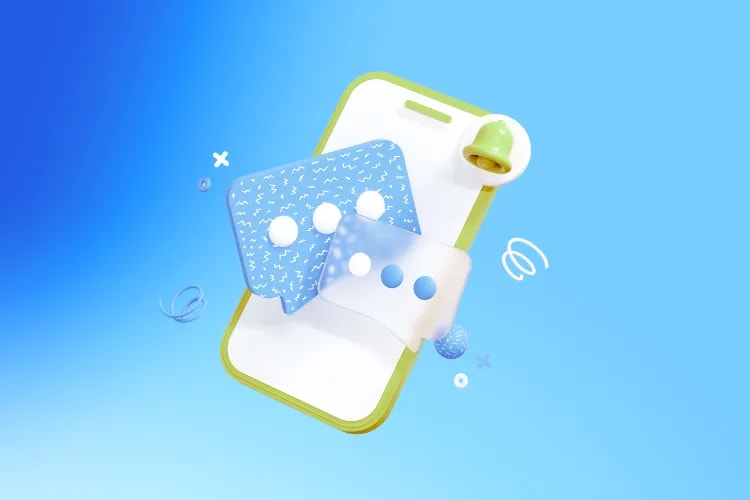
marketing
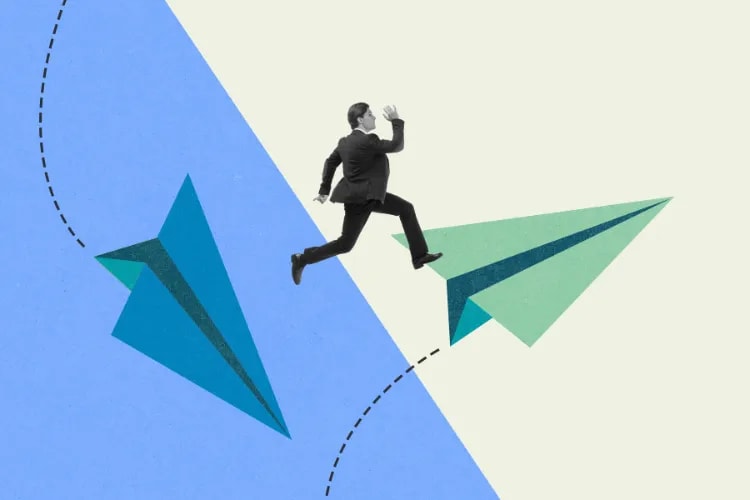
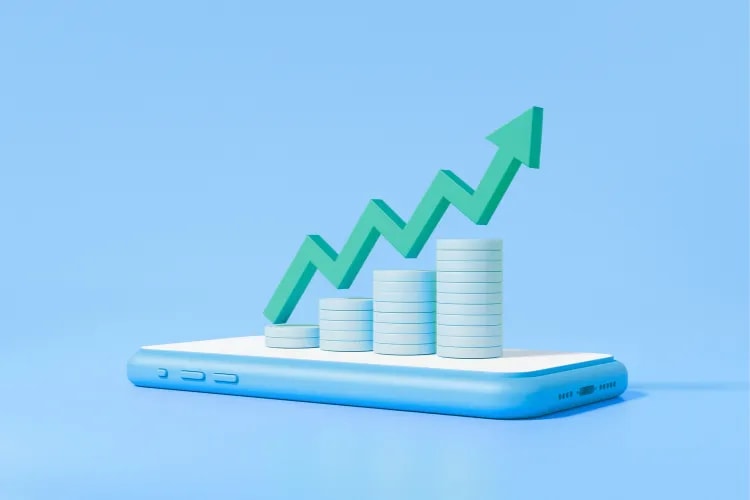
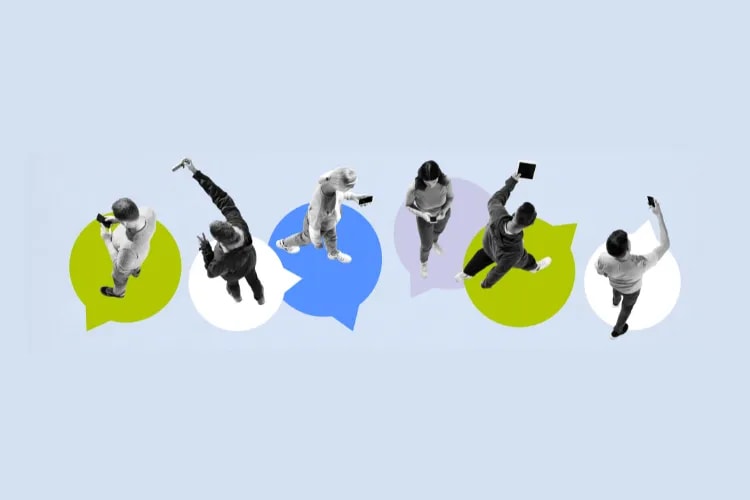
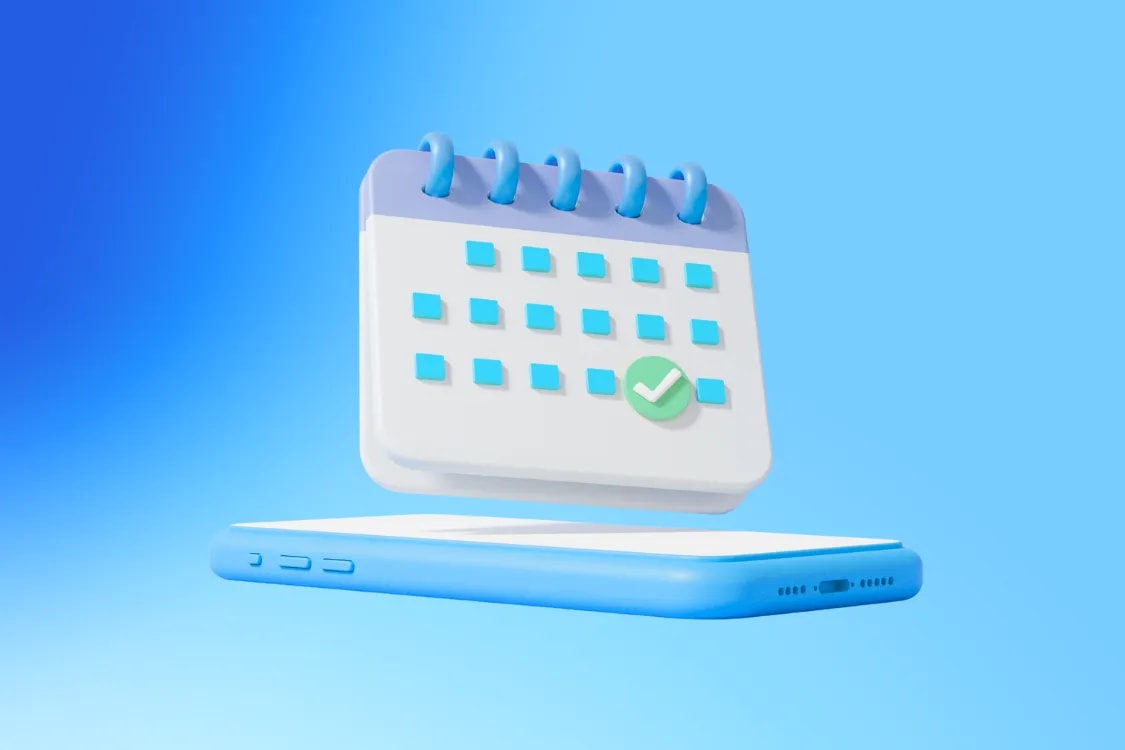
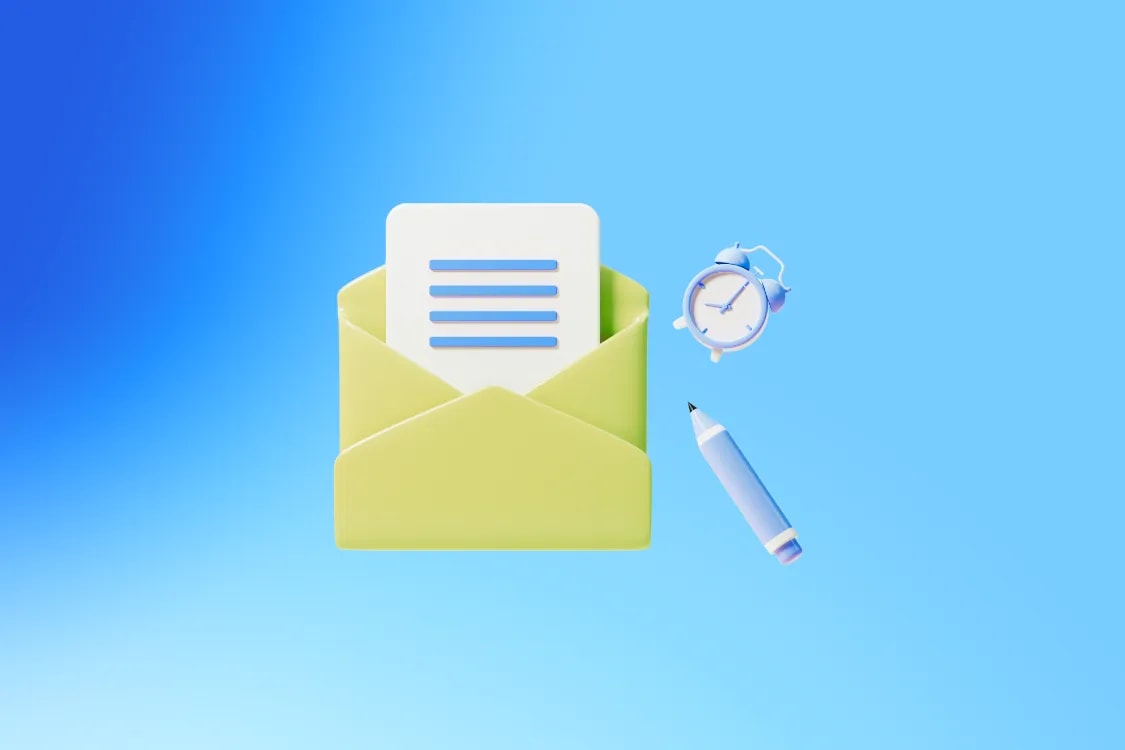
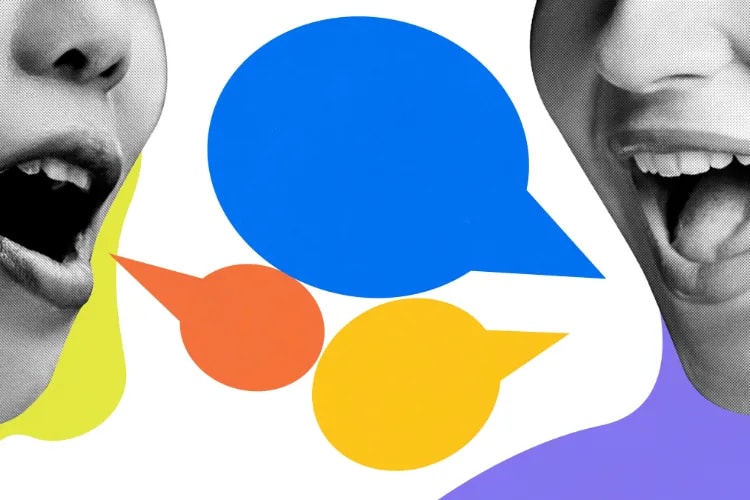

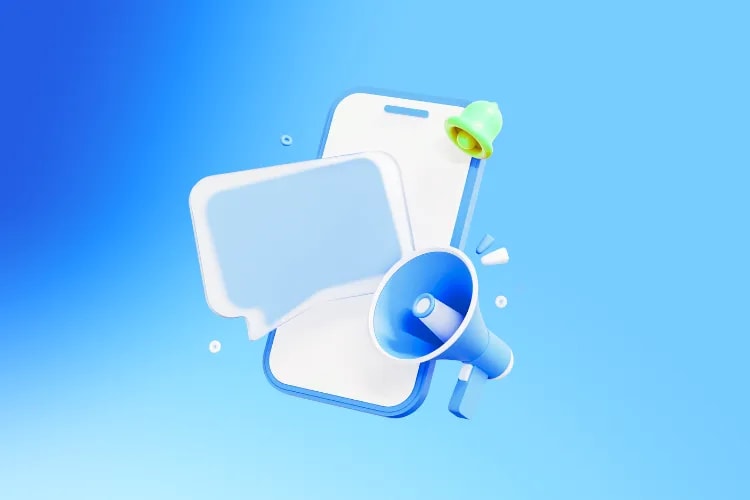
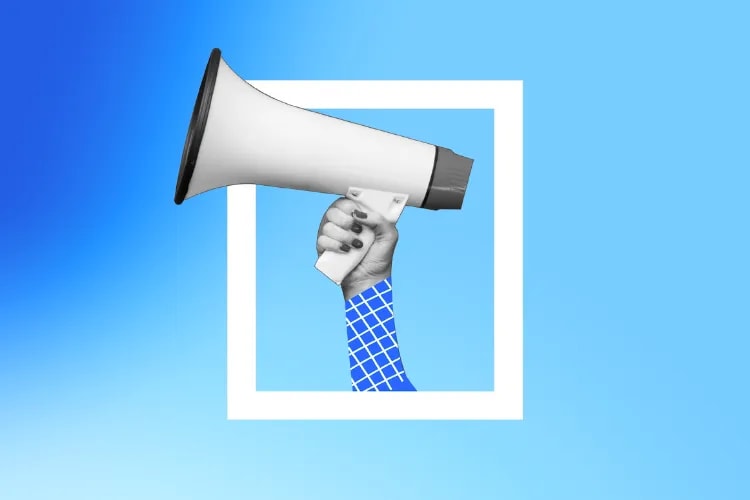
growth
selling
marketing
marketing
marketing
marketing
marketing
planning
selling